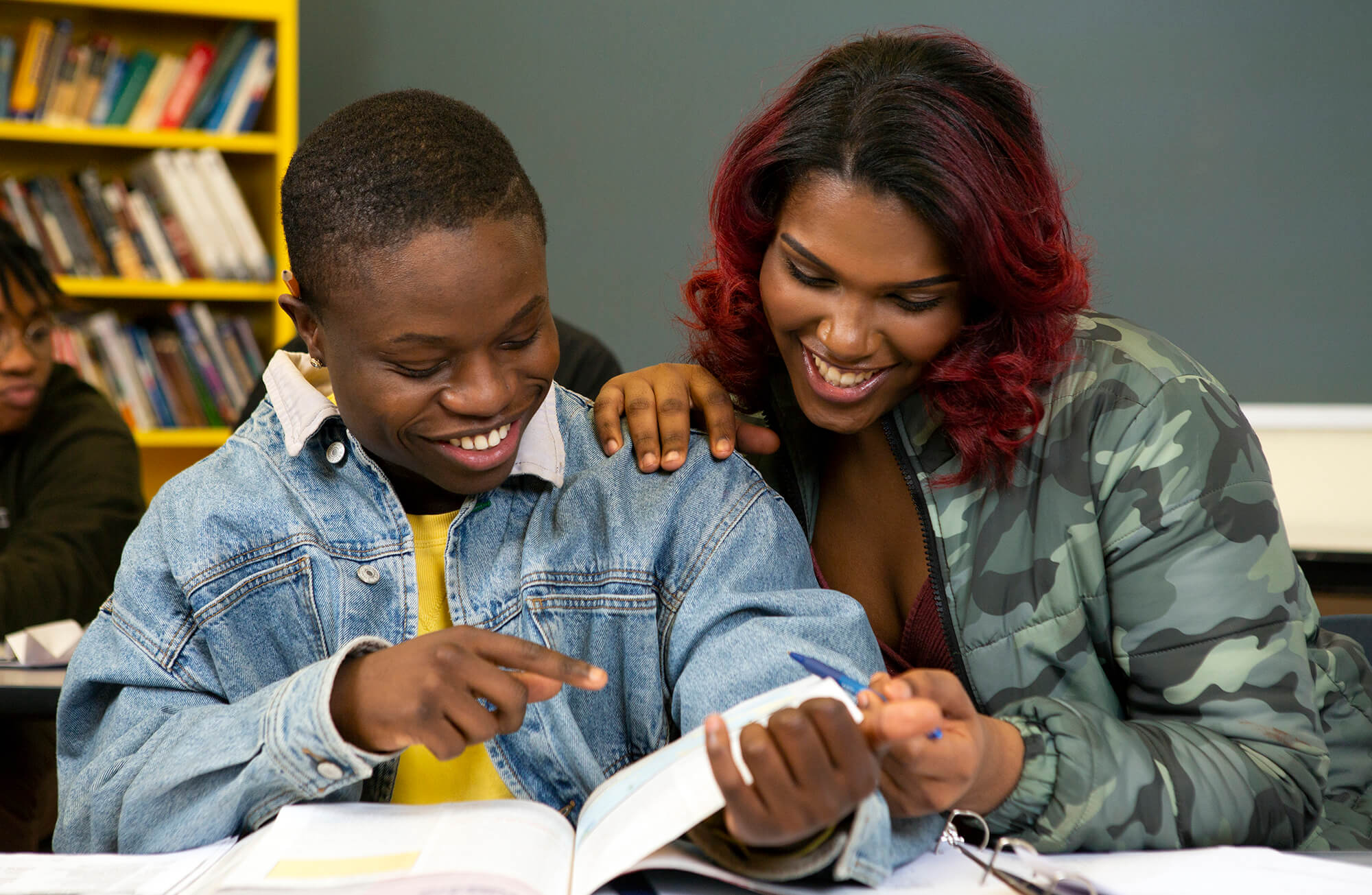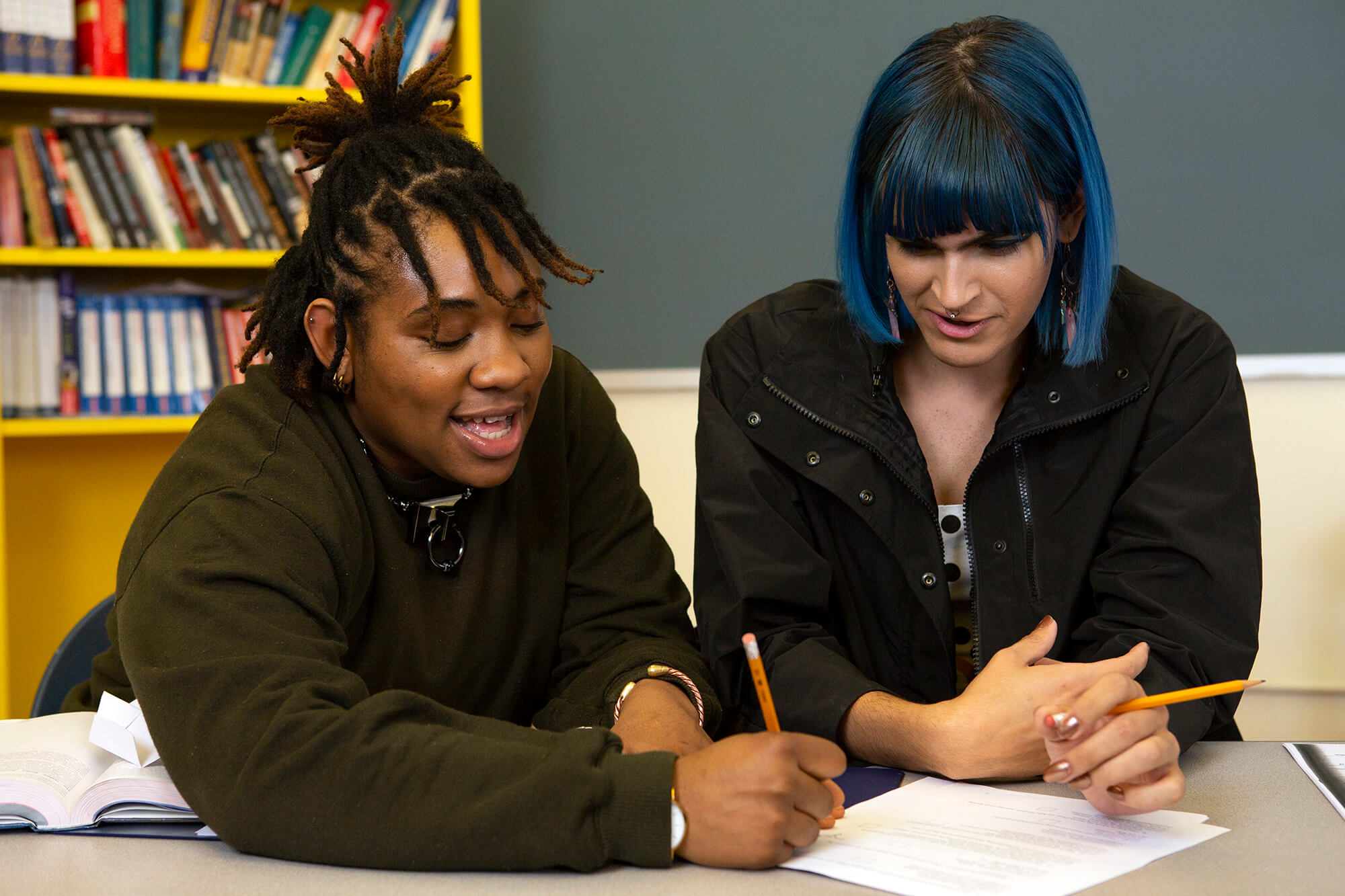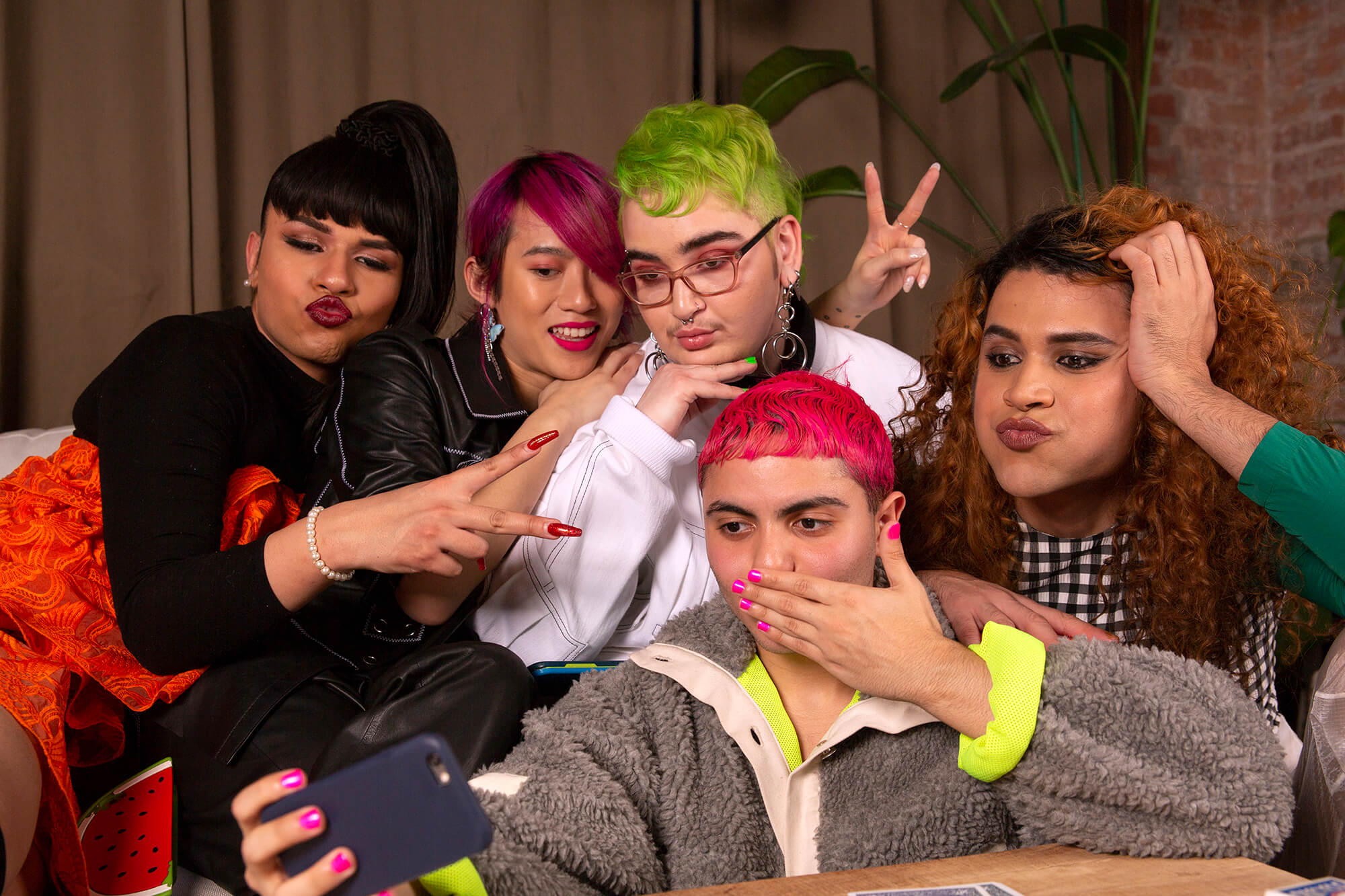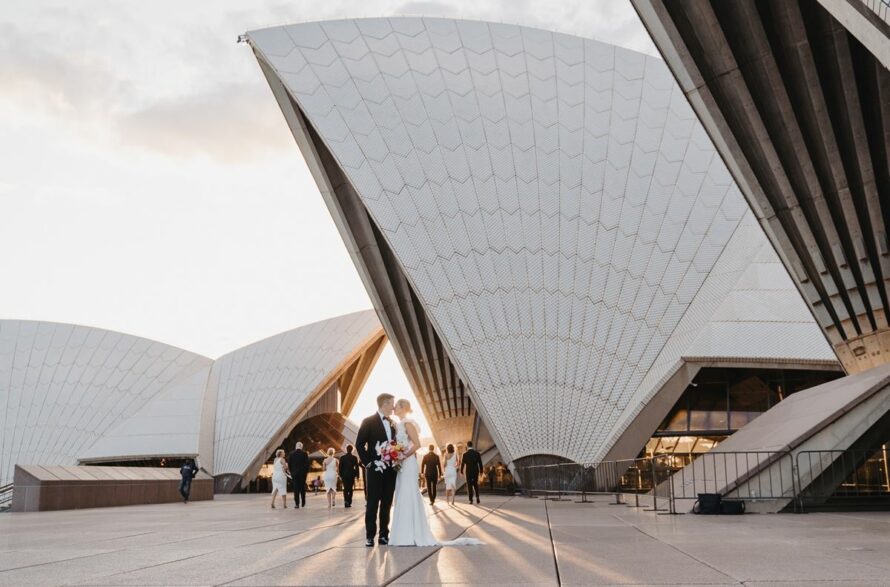Same-sex weddings have been legal in Australia for well over a year now. This is a massive achievement for a more inclusive Australia, and as the wedding industry increases this inclusivity it’s important for us as wedding vendors to understand the different types of same-sex couples we may come across.
In 2019, LGBTIQ+ alphabet can be fully referenced as the LGBTTQQIAAP alphabet. We’re already working with a lot of same-sex couples across the wedding industry, but there are many couples we could be working with who have dormant or hidden sexual or gender identities.
This is why using inclusive language and changing the questions that we ask is important for all couples, not just the ones we think we can identify.
To give you a bit more of an idea of the types of couples, sexual identity and gender identity across Australia, here’s a breakdown of what the LGBTTQQIAAP alphabet covers.

Lesbian
Lesbian couples consist of two women who are primarily attracted to other women. With the legalisation of same-sex marriage in Australia in December 2017, we saw an increase in same-sex weddings for lesbian same-sex couples with fewer male same-sex couples.
Gay
Gay is reclaimed term for the LGBTQ+ community, but do be mindful that it still can be taken as offensive for some couples. Gay couples are men who are primarily attracted to other men. However, sometimes gay can also be used as a broader term for people who are attracted to the same-sex.
Bisexual
A person who is attracted to people of their own sex as well as people of the opposite sex. A member of a couple who is bisexual may not always appear as such and may appear as a member of a heterosexual or a same-sex couple. This is where being inclusive no matter the couple is so important.

Transgender
Someone who is transgender identifies as someone of the opposite sex. Essentially, their gender identity doesn’t match with their biology or their assigned sex at birth. Again, sometimes this gender identity could be hidden from you as a vendor rather than an intimate part of these couples lives, so make sure you are using inclusive language always.
Transexual
Despite making it into the alphabet, transexual is an outdated term and shouldn’t be used to describe any person or couple in 2019 (unless they choose to identify as such). This term originated in the medical and psychological communities to describe someone who has changed their gender identity through surgery and/or hormones.
Queer
Another reclaimed word, queer can now be used as an inclusive umbrella term to describe the entire LGBTTQQIAAP community and covers both gender identity and sexual identity. However, do be mindful that despite being reclaimed by the community, it can still sometimes make couples feel uncomfortable.
Questioning
Someone who identifies as questioning is in the process of exploring and discovering their sexual identity, gender identity or gender expression. Generally speaking, someone who is getting married will likely be past the questioning stage. However, they could be 100% about their partner but not 100% about their gender or sexuality so don’t assume this.

Intersex
An intersex individual has a sexual anatomy or chromosomes that don’t fit with the traditional markers of ‘male’ or ‘female.’ Not to be confused with gender fluid (see below) which relates more to identity than biology.
Ally
This is what we hope most of the wedding industry is! An ally is a non-queer person who supports and advocates for the queer community. An ally can also be someone within the LGBTQ+ community who is an ally for someone else who identifies differently to them.
Asexual
Asexuality has many subgroups and is not to be confused with celibacy. Someone who identifies as asexual doesn’t feel a sexual desire or attraction to any person or group of people. Remember, weddings and marriage are all about love so a person can still get married if they are asexual.
Pansexual
Pansexuality is when someone is attracted to people of all gender identities and expressions. Not to be confused with bisexuality, which is where you’re attracted to someone who identifies as one of the traditional genders.

Other terms you may have heard
Gender fluid
Someone who is gender fluid is non-binary. A gender fluid person doesn’t identify within any of the gender identities that are exclusively masculine or feminine. Not to be confused with someone who is intersex and has chromosones that don’t match up with what is traditionally considered ‘female’ or ‘male’.
Cisgender
Most of our couples in the wedding industry are cisgender. Cisgender refers to someone who identifies as the sex they were born as, so the chances are that most of the people reading this are actually cisgender. More than 80% of cisgender couples support members of the LGBTQ+ community, so again keep your inclusivity in mind with all couples.

Sexual identify vs gender identity
The terms in the LGBTTQQIAAP alphabet mix between gender identifiers and sexual identifiers. To understand this further, anything that is a sexual identity relates directly to sexual attraction. However, gender identity terms related directly to whether you identify as male, female, or other.
For example, a female cisgender person (who was born a female and identifies as a female after birth) may still identify as a lesbian and be attracted to other females.
Sexual identity terms are: lesbian, gay, bisexual, queer, questioning, asexual, pansexual
Gender identity terms are: transgender, intersex, gender fluid, cisgender
Terms that cover both sexual identity and gender identity: queer, questioning



